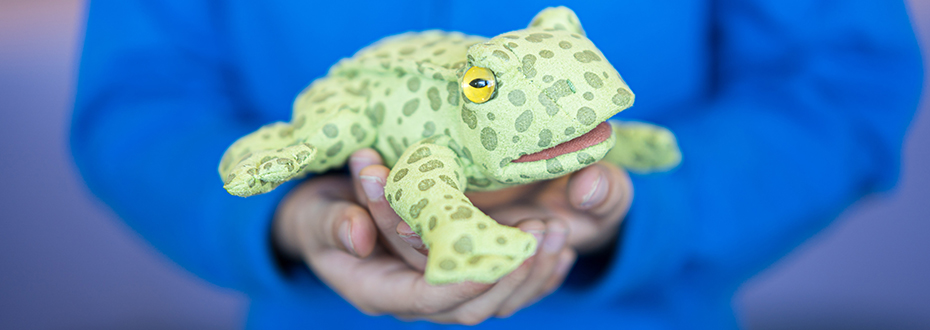Phimosis

You’ll find expert care for phimosis with the urologists at OHSU Doernbecher Children’s Hospital. We offer:
- Pediatric urologists who see hundreds of phimosis patients a year.
- Comprehensive treatment that includes teaching you and your son how to care for his penis.
Understanding phimosis
What is phimosis?
Phimosis is when the foreskin can’t be pulled back off the head of the penis. Phimosis is normal in newborns. It usually resolves itself within five to seven years as the foreskin slowly separates from the head of the penis. During puberty, 99% of all males can fully retract their foreskin.
Signs and symptoms of phimosis
- A tight ring of foreskin at the tip of the penis
- Pain, irritation or bleeding of the foreskin
- Frequent foreskin infections
- Foreskin bulges during urination
- Frequent urinary tract infections
- Weak, painful or bloody urination
- Painful erections
Diagnosing phimosis
Phimosis is usually diagnosed with a physical exam.
Treating phimosis
Your child’s treatment may depend on his age, how serious his condition is, and other factors. We’ll work with you and your son to learn how to best care for his penis.
Sometimes gently pulling back the foreskin every day can cause it to release. We’ll show you how to do this without forcing it, which can lead to bleeding, scarring and psychological trauma. Gentle retraction can be done during baths or during urination for potty-trained children.
A steroid ointment is effective for most boys. This softens the foreskin so it can be pulled back more easily. We’ll show you and your son how to apply the ointment twice a day for six to eight weeks. You’ll also gently retract the foreskin twice a day. When the foreskin can be fully pulled back, he’ll stop using ointment but continue daily retraction. This usually prevents phimosis from recurring.
Many parents in the U.S. choose to have their sons circumcised shortly after birth. It is an uncommon treatment for phimosis, however.
With circumcision, the foreskin is surgically removed, exposing the head of the penis. It may be recommended for phimosis if:
- Ointment doesn’t work
- The foreskin gets stuck retracted behind the penis
- Infections keep happening
If your son has severe urinary tract problems, circumcision may reduce the risk of infections.
What parents should know
Newborn circumcision
Your preference, religion, location and other factors may affect whether you have your newborn circumcised. Circumcision can prevent some risks of leaving the foreskin in place, such as phimosis, cysts and infections. But it also carries risks, including bleeding, infections and damage to the glans.
The American Academy of Pediatrics says the benefits of newborn circumcision outweigh the risks, but not enough to recommend it for everyone.
Learn more
- How to Care for Your Baby’s Penis, American Academy of Pediatrics
- Circumcision, American Academy of Pediatrics
- Care of the Uncircumcised Penis, American Academy of Pediatrics
For families
Call 503-346-0640 to:
- Request an appointment.
- Seek a second opinion.
- Ask questions.
Locations
Parking is free for patients and their visitors.
Doernbecher Children’s Hospital
700 S.W. Campus Drive
Portland, OR 97239
Map and directions
We also offer locations in Eugene and Salem.
Refer a patient
- Refer your patient to Doernbecher.
- Call 503-346-0644 to seek provider-to-provider advice.